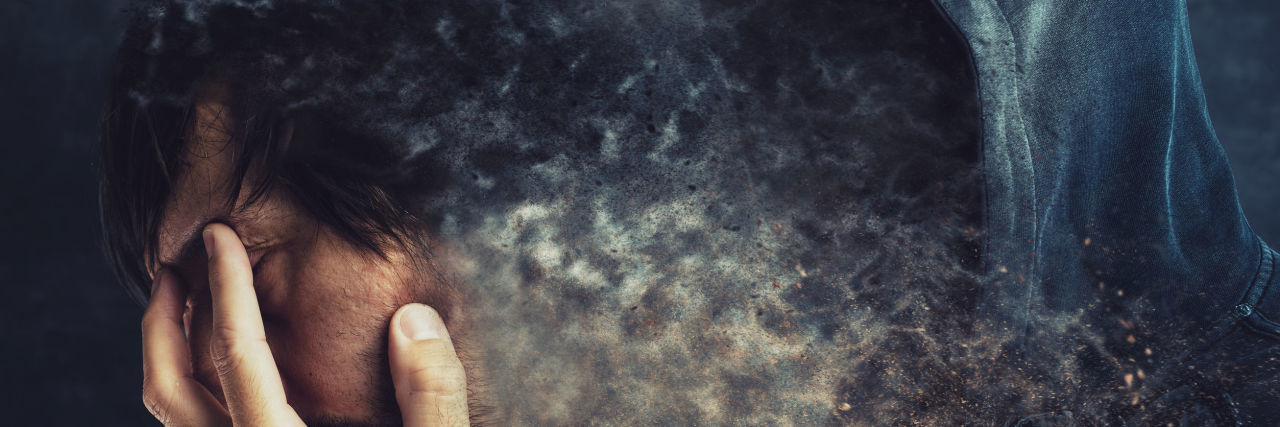Before my borderline personality disorder developed into the full-blown nightmare that it is today, waking up in the morning was a more or less straightforward and predictable affair. I would get out of bed, have some breakfast and brush my teeth — the standard a.m. rituals that the vast majority of us perform automatically. The most difficult and demanding part of my morning was deciding on an outfit for work which, admittedly, turned into a challenge as I became increasingly concerned about what my peers thought of me and started believing the way I dressed constituted some sort of accurate representation of who I was to the outside world.
But as I descended ever deeper into the depths of my BPD, it became necessary to create a series of “masks,” to anchor myself to some semblance of an identity or to fit whatever social context I found myself in. I became what philosopher John Locke called “tabula rasa“ — a blank tablet or slate– onto which various societal values, norms and behaviors could be imprinted.
Every morning, I have to ask myself, “Who will I be today? But there is no clearly-defined schema of who Charl Mijnhardt is. Instead, there is only a loosely-assembled set of attributes that are tapped into and arranged in order to form a somewhat cohesive whole. In a given day, I am many different versions of myself and wear a procession of different masks that are only superficially related.
The masks provide structure, much like glue, holding together a previously-shattered vase. When I take them off, I am “betwixt and between,” entering a liminal state in which I am stripped of all but my name, an arbitrary symbolic marker of what is essentially a fractured identity.
While most people adopt different personas for different settings and situations, the transition is often less than seamless for those with BPD, much like a switch being flicked. There is also no steady build of emotions. I can, for example, go from literally dancing with glee to being engulfed by rage to cold indifference and apathy in a matter of minutes. For those without BPD, the reaction to a trigger or stimulus is generally trigger-evaluation-response, whereas those with BPD often skip the evaluation stage altogether, going directly from trigger to (generally disproportionate) response.
Many people don’t realize I’m not trying deceive or manipulate (an unfair and inaccurate stereotype associated with borderline personality disorder). The masks represent an important coping mechanism: providing a stable reference point to someone who would otherwise have had a profound lack of sense of self.
Fortunately, modern innovations in the field of BPD treatment, such as dialectical behavioral therapy (DBT), can help those with BPD overcome identity issues.
Header image via Unsplash.

